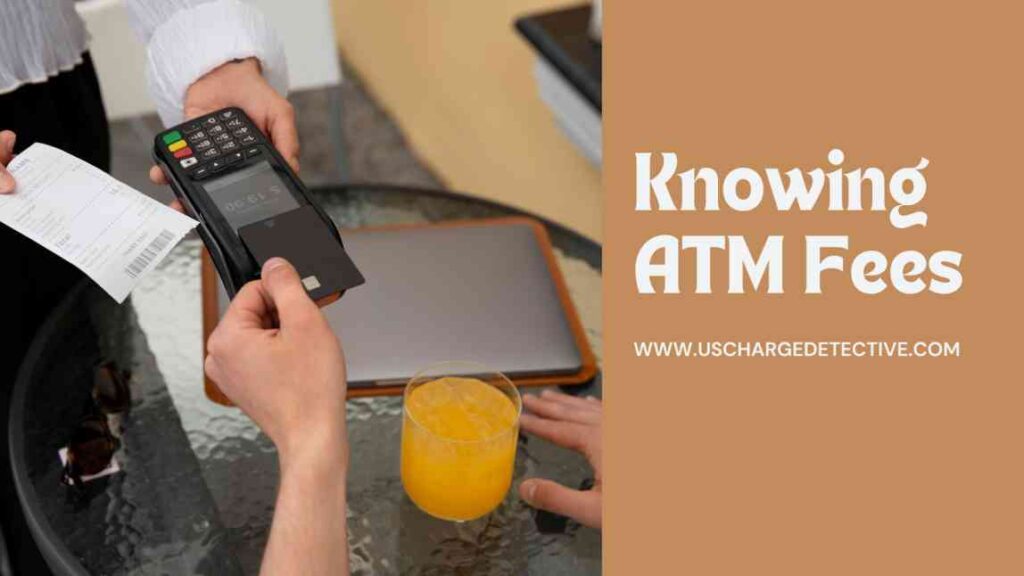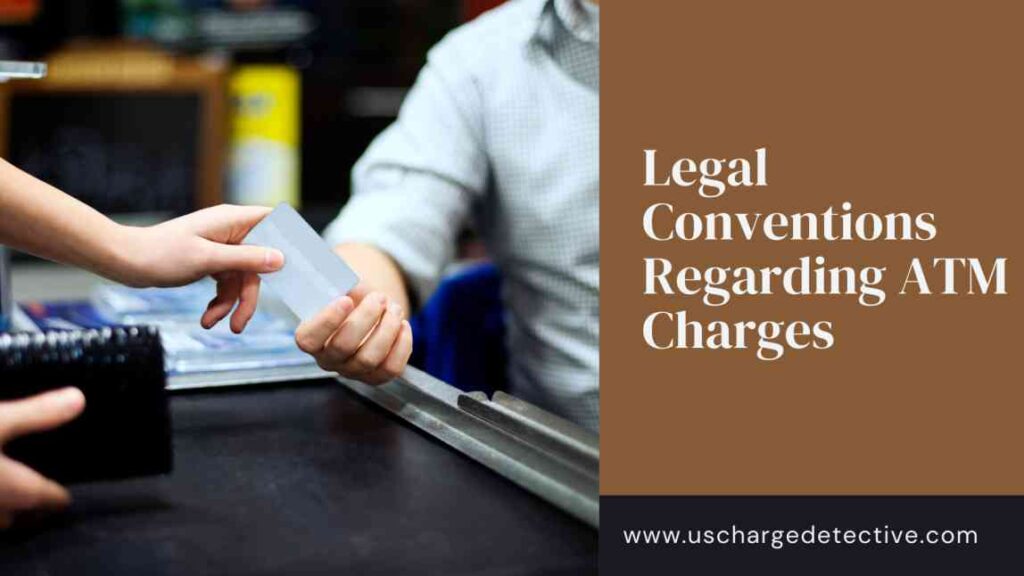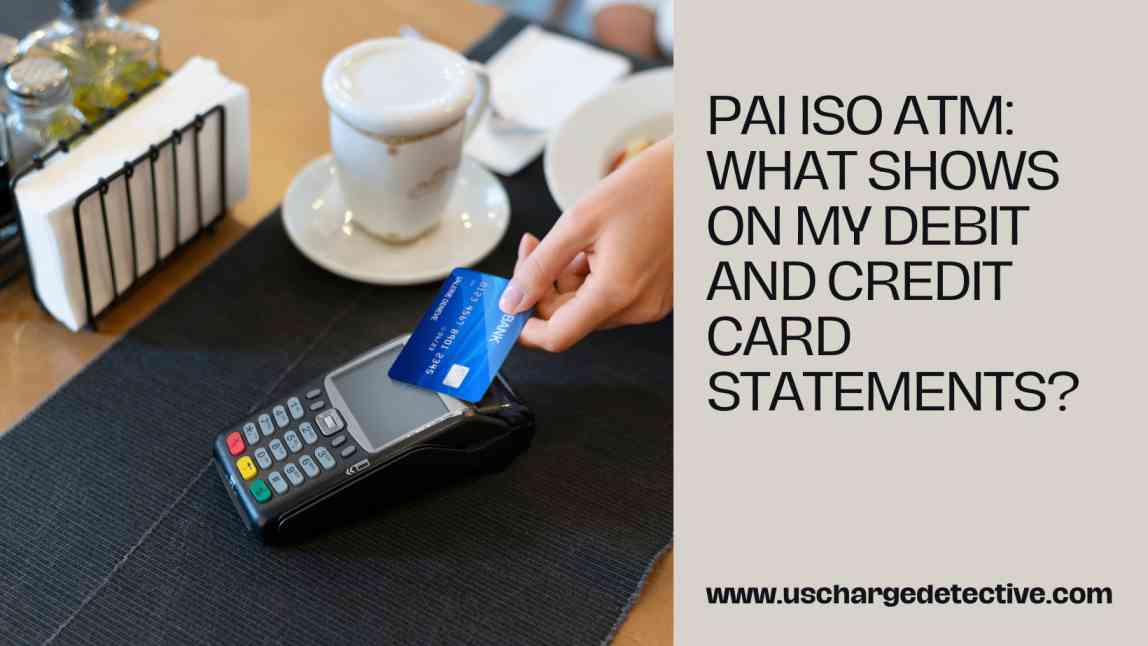Have you ever looked at your credit card or debit card statements and saw an enigmatic charge marked “PAI ISO ATM”? Then, questioned what it meant? You’re not by yourself. Many people see this fee and find it perplexing. We will dissect what PAI ISO ATM means in this article, including why it shows on your statements and what you can do about it. We will guarantee you thorough understanding by using straightforward language and relevant examples. Let us explore now!
introduction
You should find similar charges when reviewing your credit card or debit card statements. Still, occasionally you see something that seems alien—like “PAI ISO ATM.” What does it mean, and ought you to be worried? We will cover all you need to know about PAI ISO ATM charges in this extensive article so you may confidently and worry-free handle them.
PAI ISOAT stands for what?
Operating across the United States, PAI (Payment Alliance International) offers ATM services. Independent Sales Organization, or ISO, is PAI’s operating model whereby it provides ATM services from outside of banks. Seeing “PAI ISO ATM” on your statement denotes a transaction at an ATM run by PAI.
How operates PAI ISO ATM?
You may use PAI’s ATMs to check your balance, withdraw money, or handle other banking needs. Often found in convenience stores, shopping centers, and other high-traffic areas, these ATMs are housed Using one of these ATMs results in PAI charging a fee for the service that is subsequently shown on your banking bill.
Why is My Statement showing PAI ISO ATM?
Using one of their ATMs results in the “PAI ISO ATM” charge shown on your statement. This charge can be a cost for using other services the ATM offers or for withdrawing cash. Usually modest, these fees might mount up if you use these automated teller machines often.
Knowing ATM Fees

Using ATMs unrelated to your bank usually results in costs. These could comprise:
- ATM Operator Fee: driven by the ATM owner (PAI).
- Fee to Bank: Using an out-of-network ATM could cost extra fees charged by your bank.
Usually shown on the ATM screen before your transaction, these costs allow you to cancel should you wish not to pay the price.
Typical PAI ISO ATM Locations
PAI ATMs are scattered in locations where individuals regularly need cash but might not have access to a bank ATM. Some often-used places are:
- Convenience retail locations
- Shell stations
- Retail stores, shopping centers
- airports
- lodging facilities
Knowing where these ATMs are will enable you to determine whether to use them or go for an ATM connected to your bank to save on further charges.
Verification of PAI ISO ATM Charges
Follow these guidelines to confirm a PAI ISO ATM fee seen on your bill if you do not remember using an ATM:
- Review your receipts: Search for ATM receipts consistent with the charge.
- Examine your transaction records: Check your records to match the date and sum.
- Get in touch PAI or Your Bank: See your bank or PAI for further information if you still cannot identify the charge.
Stop Unwanted Charges
Think about these ideas to help minimize unanticipated PAI ISO ATM charges:
- Use the ATMs housed in Your Bank: See just ATMs connected to your bank.
- Plan by planning: Take enough money out to prevent several trips to an ATM.
- Employ Cashback Services: Choose cashback from supermarkets or other stores.
Arguing PAI ISO ATM Fees
Should you feel a PAI ISO ATM charge is erroneous or fraudulent, you can contest it by:
- Getting in touch with Your Bank: Document the charge and ask for an inquiry.
- Arranging a Conflict: Use the charge dispute process provided by your bank.
- Offering Proof: Provide any records or receipts to bolster your case.
Keeping Safe Using ATM Technology
Safely using ATMs calls for more than just avoiding fees. Remember these precautions for safety:
- Choose Busy, Well-Lit Sites: Visit safe regions using ATMs.
- Be Conscious of Your Surroundings: Keep a close eye to prevent fraud or theft.
- Cover Your PIN here: Enter your PIN shielding the keypad.
Advice for Handling Bank Statements
Frequent review of your bank statements will enable you to find mistakes or illegal charges early on. The following describes:
- Create a schedule: Review your statements once a month.
- Access Online Banking: Check your account often using the app or website provided by your bank.
- Report problems right away: If you find a discrepancy, get right on calling your bank.
The Part ISO Plays in Banking
Providing ATM services outside of conventional banking networks is mostly dependent on Independent Sales Organizations (ISOs), like PAI. They increase the availability of ATMs, so providing consumers at different sites with more easy access to cash.
Dealing with Your Bank
Customer care at your bank can assist you with inquiries or worries about a charge. Be ready to include specifics like the charge date and amount as well as explain why you think it is erroneous.
Legal Conventions Regarding ATM Charges

Control of ATM fees guarantees justice and openness. Before making a transaction, ATMs must reveal costs per the Electronic Fund Transfer Act (EFTA). Learning these rules will help you to understand your rights.
FAQs
On my bank statement, what does PAI ISO ATM mean?
PAI ISO ATM shows a transaction conducted at an independent ATM service provider controlled by Payment Alliance International.
Why am I charged using a PAI ISO ATM?
Using PAI’s ATMs results in fees, which are shown on your bank statement. Using an out-of–network ATM could also result in an extra charge by your bank.
How might I avoid PAI ISO ATM charges?
Use network ATMs from your bank, schedule your cash withdrawals, and think about using cashback services at stores to help prevent these fees.
If I cannot identify a PAI ISO ATM charge, what should I do?
Look over your receipts and transaction records first. See your bank or PAI for more information if you still find the charge unfamiliar.
Are ATM charges controlled?
Indeed, the Electronic Fund Transfer Act (EFTA) controls ATM costs; this means that before you make a transaction, ATMs must show fees.
In conclusion
Though it could be perplexing to see a “PAI ISO ATM” charge on your statement, knowing what it is and why it is there will assist in allaying your concerns. Knowing these charges, where to locate PAI ATMs, and how to handle unanticipated fees will help you better manage your money and save needless expenses.
Must Read: What is CFRAN Charge On Banking Statements?
